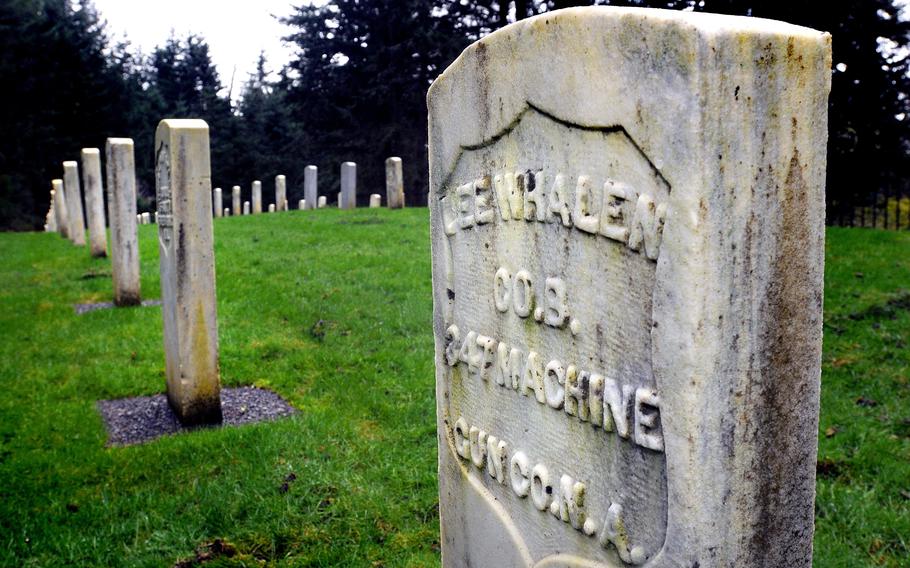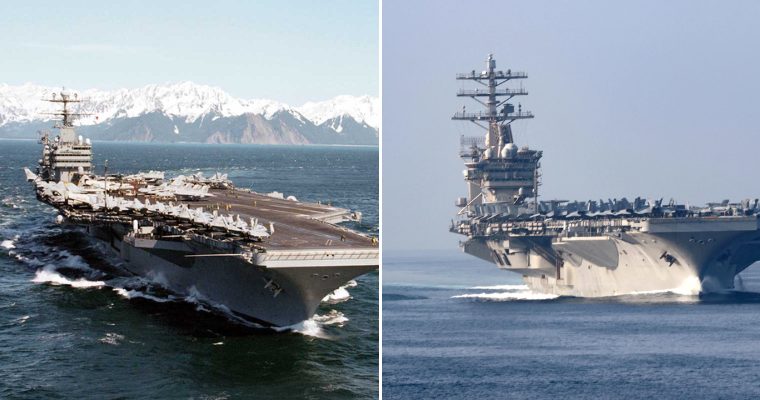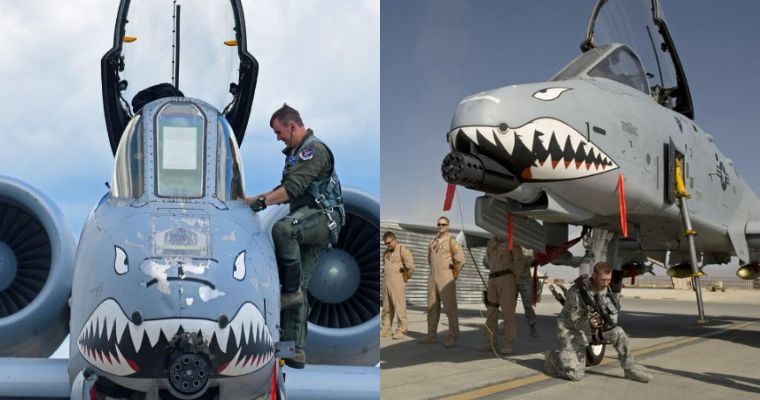For 56 years, Mary Dowling has driven to Joint Base Lewis-McChord from her Tenino home to visit the grave of her husband, Bob Dowling, a decorated helicopter pilot killed in the Vietnam War.

A view of Camp Lewis Post Cemetery at Joint Base Lewis-McChord, near Tacoma, Washington. (Office of Army Cemeteries photo)
For 56 years, Mary Dowling has driven to Joint Base Lewis-McChord from her Tenino home to visit the grave of her husband, Bob Dowling, a decorated helicopter pilot killed in the Vietnam War.
On every visit, Mary would turn her gaze to the plot next to his, secure in the knowledge and the promise from the Army that the empty grave site would one day be hers.
Until Veteran’s Day last November. That’s when she saw freshly turned earth and realized someone else had been buried in her plot.
“I couldn’t believe it,” Mary said. “And I didn’t know what to do. I just stood there for a while.”
Mary, who never remarried after her husband’s death, had received annual assurances from the Army that her plot was secure. A board outside the entrance listed her name on the grave site. A map, still on the Army’s website, clearly shows two side-by-side plots listed as “Dowling.”
When the couple’s four children became adults, they periodically checked with the cemetery to make sure their mother’s final wish would be carried out.

In several meetings with the family over the last three months, the Army has admitted a mistake was made and offered several alternatives. None involve giving Mary her plot back and she has stood firm that is the only solution she will accept.
Now, the Army and the 83-year-old widow are at an impasse.
Meeting Bob
Mary and her future husband both grew up in Centralia, but didn’t meet until 1957, just after she had graduated from Centralia High School. The 18-year-old college student soon became smitten with Dowling, then 19.
“I just thought he was very handsome,” she recalled. The U.S. Marine Corps reservist with the tight crew cut was a sharp dresser in pullover sweaters, khakis and loafers. It didn’t hurt that he drove a Corvette.
They married in November 1958.
Dowling had been flying planes since he was 16, Mary said. But it was the relatively new world of helicopters that soon attracted his eye.
“He was crazy about flying,” Mary said. “That was his favorite thing.”
In 1963, Dowling left the Marines and joined the Army to become a helicopter pilot. On the other side of the world, a long-simmering conflict in a country few Americans had heard of was about to heat up.
Vietnam
When Lyndon B. Johnson took office in late 1963 following the assassination of President John F. Kennedy, he ramped up America’s support of South Vietnam.
“It didn’t take too long after that,” Mary said. “We were concerned that he might get sent over there.”
Dowling deployed to Vietnam in spring 1965 as a chief warrant officer with the Army’s 197th Armed Helicopter Company. Mary recalls the day he left Fort Lewis. Dowling was wearing his fatigues and holding the hands of his three daughters, 2, 3 and 5 years old at the time, and his son, Bobby, 4.
“The night before he left, he talked to Bobby and told him that he was the man of the house now even though he was only four,” Mary said.
Lessons from dad
That son, Bobby Dowling, can recall that night like it was yesterday, he said in a phone interview from his North Carolina home in January.
“He came into my bedroom. He was in his uniform,” Bobby recalled. “I just remember standing up and he gave me a hug. And he said, ‘You’re man of the house now, Bobby. You take care of your mom and your sisters’.”
“And I always have,” Bobby said, his voice choked with emotion.
Bobby recalled walking the grounds of Fort Lewis with his father. They wore matching Army uniforms. The boy’s haircut mimicked his father’s crew cut.
“I was literally his shadow,” Bobby said. “Of course, I had to look up to him both figuratively and literally.”
The Dowlings have a history of service in the U.S. military dating to the Civil War. Dowling’s stepfather was a B-17 tail gunner in World World II. Bobby’s father-in-law was an admiral in the U.S. Navy.
Sometime before his father deployed in 1965, Bobby went to a Centralia drugstore with him. There, unbeknownst to his father, Bobby swiped a pack of chewing gun. Later at home, Dowling asked him where he got the gum. Bobby confessed.
“And he took me back to the store,” Bobby said. “I remember looking at the owner and I had to apologize. And I just said, ‘I’m sorry, I won’t do it again.’ And that, to me, was the turning point.”
Bobby credits that right versus wrong moment as a template for the rest of his life, including a career as a special agent with the Naval Criminal Investigative Service (NCIS) and later with the Department of Homeland Security, assigned to the FBI.
“That really was kind of a North Star for me in my career in terms of where I ended up,” he said.
Shot down
On Jan. 1, 1966, Bob Dowling’s helicopter was shot down, giving him a sprained left hand and a severe blow to the head. Still, he salvaged a grenade launcher and a rifle and returned fire until his ammunition was expended, according to Army records. When a rescue helicopter landed, Dowling provided cover fire and refused to leave his position until his crew was safely aboard the aircraft.
He was soon flying again, but he had time to write Mary a letter describing the incident. It would be the last she would receive from him.
On Jan. 12, 1966, Dowling was flying a mission along the coast of the South China Sea in an area known as Tuy Hoa. He was to pick up and relocate a unit of Korean Marines.
During the flight, Dowling’s UH-1B Huey was hit by enemy fire. It fell into the sea. Dowling and his wounded co-pilot, Russ Kistler, made out it of the craft.
Dowling’s wingman, Lt. Col. Byron Byerly, steered his helicopter toward Dowling, but he waved him off. He wanted Kistler rescued first.
After picking up Kistler, Byerly returned to Dowling.
“Just as I approached Bob, a huge hammerhead shark lifted Bob up out of the water then took him down” Byerly recounted in the book “Returning Fire”. “I’ll never forget the look on his face when the shark hit. It was over in an instant.”
Byerly hovered for a few minutes, hoping for a miracle, he said. Dowling died at age 27 — Lewis County’s first casualty in the Vietnam War. At the time, the Army said Dowling died from enemy fire.
“It should be made record that Bob Dowling died a hero,” Byerly said. “His unselfishness in telling me to take care of Russ first was the bravest act I ever saw and it cost him his life.”
A telegram arrives
Back in Centralia, a taxicab driver brought Mary a telegram. Her husband was missing in action.
“I was just in shock,” Mary recalled.
She tried to hide her concern from her children.
“And then my mother came over after she’d gotten a telegram and she was in bad shape and crying and the kids were asking what was wrong with Nana?,” Mary said.
A few days later, uniformed officers showed up at her home with the news no military family wants to hear.
It was up to Mary to make the funeral arrangements. Dowling had been adamant that he would return from Vietnam alive.
“He refused to say that anything would happen to him,” Mary said. “He said, ‘No, I’m gonna be back again. And nothing’s going to happen’.”
Mary chose the Fort Lewis cemetery because the Army post was the first where they had been stationed.
“I just felt a connection to Fort Lewis,” she said. “And the cemetery was really pretty.”
She can recall Dowling’s burial and subsequent memorial like pictures in a photo album: the flag-draped casket unloaded from a train. The flyover of Army helicopters in the missing man formation. The commanders and their speeches.
Dowling was posthumously awarded the Purple Heart, the Distinguished Flying Cross and the Bronze Star for Valor, given to Army personnel who show exceptional heroism in combat.
Reassured
Shortly after Dowling was buried in the cemetery, Mary received the first of what became annual letters from the cemetery.
“They asked me if I was still unmarried,” Mary said. “And if I still wish to retain my reservation, and so I always checked the boxes and sent the form right back.”
In later years, after those letters stopped coming, she asked Bobby and her daughters to check with the cemetery to make sure her plot was still safe.
Since her husband’s burial, Mary has visited the cemetery every Memorial Day and Veterans Day. She fits in a few extra visits during the year.
Sometimes she brings flowers. Other times she comes armed with towels and cleanser to make sure Dowling’s marble marker shines brightly.
“And every time I went, the big name board, just outside the inner gate to the gravestones, always had my name on it,” she said. “I would always go over and look at it.”
Grave mistake
On Nov. 12, Mary visited the cemetery, a bouquet in her hands.
When she approached her plot, she noticed freshly dug earth. A temporary grave marker with a stranger’s name was placed on it. Then she noticed the plot map outside the cemetery entrance was gone.
Shortly after that day and in the ensuing weeks, Mary and other family members met with and called JBLM staff and officers to understand the mistake and how it could be remedied. They were told moving the serviceman buried in Mary’s plot was not an option.
The Army gave Mary three choices: 1) have her casket placed on top of her husband’s, provided there was room; 2) Have her cremains placed on top of her husband’s casket or 3) Be buried in another nearby plot.
Mary rejected all three. She wanted the plot promised to her.
“They broke a promise and it’s morally wrong,” Mary said. “And it shows disrespect for a soldier who died in combat for his country, for his widow for their children and for all Gold Star families.”
Bobby hopes that the inherent promise of support the military makes to its families, and especially its Gold Star families — a designation given to families who have had a family member killed in a time of conflict — will be kept. He described the Army’s mortuary personnel as compassionate and he hopes that compassion extends to his mother.
The Army’s response
In a detailed statement emailed to The News Tribune on Feb. 10, David Fullmer, JBLM Garrison Chief of Staff, said the Army regrets any errors made regarding Mary’s planned interment at the Fort Lewis Post Cemetery. The Army, he said, had no record of annual verification letters mailed to Mary or any records showing a reserved plot for her although Fullmer did not doubt those letters were sent.
“Without a reservation we cannot keep plots obligated indefinitely and deny other veterans and eligible family members a place of rest,” Fullmer said.
Fullmer acknowledged both online and physical maps showed the Dowling name on two plots.
“No one currently working at JBLM knows who produced or maintained the map,” Fullmer said. “The map should have only reflected persons actually buried at the cemetery. Nonetheless, the map lends credence there was a plot reservation for Mrs. Dowling at one time.”
Sometime between 1984, when the map was made, and August 2022 when records were uploaded in to the cemetery’s official burial management system, Mary’s reservation was lost, according to the Army.
Furthermore, Fullmer said the plot reserved for Mary could not have held a casket without disturbing an adjacent row of buried urns. The remains buried in October in Mary’s plot are cremains in an urn. That urn cannot be moved because interments are considered final and permanent, according to Army regulations.
A January visit
A sturdy overhead sign marks the entrance to Camp Lewis Post Cemetery. Fir trees and moss-covered boulders line the road to a small parking lot. The roughly 1,000-plot graveyard is a small oasis in the bustling base.
In late January, Mary visited the cemetery with her daughter Bonnie Pollard by her side. A reporter and photographer with The News Tribune and Army public information officer Joe Piek accompanied them.
It’s a short walk from the cemetery entrance to the Dowling plots. On this day, only helicopters passing overhead broke the silence. They reminded Mary of her husband’s funeral, she said.
“56 years is such a long time that I just expected that I would be buried here next to my husband and it is important to me,” Mary said, looking at her now occupied plot. “It was my plot for all that time … I just don’t understand why…”
A permanent marker for the man buried in her plot was recently erected. Both Mary and Bobby say they have respect for the man and his family.
“I just feel very sorry that they had their loss,” Bobby said.
The Dowlings have no animosity toward the Army, they said. They simply want the promise made to Mary more than half a century ago to be kept.
“I’m having bad dreams about it,” Mary said. “I just think about it constantly. It really bothers me.”
Pollard has seen the toll it’s taking on her mother.
“I’ve heard how devastated she is and how she can’t sleep at night,” Pollard said. “I think she’s being nicer than she needs to be.”
“I’m at the stage where I might need it any day,” Mary said before taking one last look at the grave site.
A meeting
On Feb. 3, JBLM officials met again with Mary and other family members. According the Dowling family, officials admitted a mistake had been made but were adamant the remains buried in Mary’s plot could not be moved.
The Army had probed the graves and found there was enough room to place Mary’s casket adjacent to her husband’s because his casket was slightly offset from his headstone. Instead of her own headstone, her name could be engraved on the back of his, she was told.
In a letter to the Army dated Feb. 4, Mary Dowling rejected that option.
“In my view, the only way to correct this error is to make the grave site that has been promised to me for almost six decades available to me again,” she said.
Source: military.com








